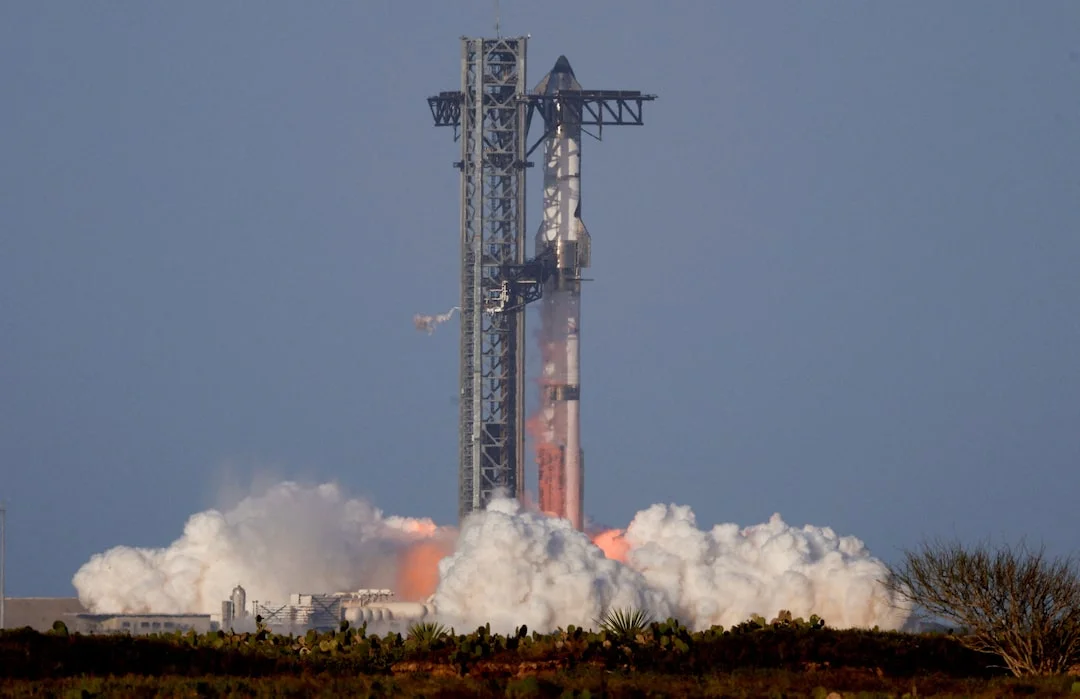
SpaceX’s Starship Cleared for Flight 9 After FAA Review: Is Success on the Horizon?
After a series of dramatic test flights and thorough safety reviews, the FAA has given SpaceX the green light for Starship Flight 9. This decision follows an investigation into the Flight 8 mishap, where the Starship vehicle exploded over the Atlantic, raining debris near the Bahamas. But what changes has SpaceX made, and what can we expect from this next crucial test?
The FAA's authorization comes after determining that SpaceX has "satisfactorily addressed the causes of the mishap" that occurred on Flight 8. This determination signifies a pivotal moment for the Starship program, which aims to create a fully reusable launch system capable of reaching the Moon and Mars.

One significant change for Flight 9 is the expanded Aircraft Hazard Area (AHA), now encompassing approximately 1,600 nautical miles. This area stretches eastward from Starbase, Texas, through the Straits of Florida, including the Bahamas and Turks & Caicos Islands. This expansion accounts for the possibility of debris fall, following incidents where pieces of the vehicle landed in these areas during previous flights.
Adding another layer of complexity, SpaceX plans to reuse a Super Heavy booster from Flight 7 on Flight 9. This represents a significant milestone in the company's quest for full reusability, a critical factor in reducing launch costs and enabling ambitious space exploration goals. Elon Musk has emphasized the importance of reusability in making space travel more accessible and sustainable.
Despite the explosive failures of previous flights, SpaceX maintains that these tests are invaluable learning opportunities. As the company stated after previous incidents, "success comes from what we learn." This iterative development approach, though controversial, allows SpaceX to rapidly identify and address design flaws.
This rapid process contrasts starkly with NASA's traditional approach, exemplified by the Space Launch System (SLS). The SLS, while designed for guaranteed success on its first launch, has faced criticisms for its high cost. The White House even suggested phasing out the SLS, potentially leaving Starship as the primary option for deep space missions.

NASA has already invested billions in the Starship program, planning to use it for upcoming lunar landing missions. The success of Starship is therefore crucial not only for SpaceX but also for NASA's future ambitions.
With the FAA's approval and modifications in place, SpaceX is preparing for what could be a landmark flight. Will Flight 9 overcome the challenges of its predecessors and bring Starship closer to its ultimate goal of reaching the Moon and Mars?
What are your thoughts on SpaceX's rapid iterative development approach? Do you believe it is the right way to advance space technology, or does it prioritize speed over safety? Share your comments below!